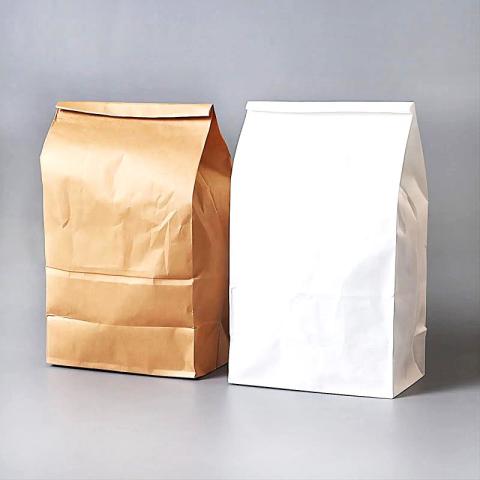Three-dimensional bag (Three-dimensional packaging bag), are an innovative form of composite packaging designed to stand stably without external support. Compared with traditional flat pouches, Three-dimensional bag is self-supporting through special structural designs on the bottom and sides (e.g., right angles at the bottom, curved bottom, or reinforced edges, etc.), which not only enhances the presentation of the package, but also facilitates its use and storage by consumers. Three-dimensional packaging bags are mostly made of plastic, aluminium foil, paper or other composite materials, processed through lamination or heat-sealing process to meet the packaging needs of different products. Three-dimensional bag has the following features:
- Self-supporting: No need for an outer box or stand, they can stand firmly, which is conducive to shelf display and enhances the visual appeal of the products.
- Space-saving: Compared with rigid packaging, three-dimensional bags take up less space, which is convenient for transport and storage and reduces logistics costs.
- Good sealing: multi-layer composite materials to ensure good barrier performance, effectively prevent air, moisture, light on the contents of the impact, to extend the shelf life of the product.
- Lightweight and strong: the material is thin but strong, puncture-resistant, wear-resistant, suitable for transport and handling under various conditions.
- Diversified design: according to the characteristics of the product can be customised size, shape, opening (such as zip, tear line, etc.), as well as printing patterns, to enhance the brand image.
- Environmental protection trend: some of the three-dimensional packaging bags are made of recyclable materials, conforming to the trend of green packaging and reducing the burden on the environment.

